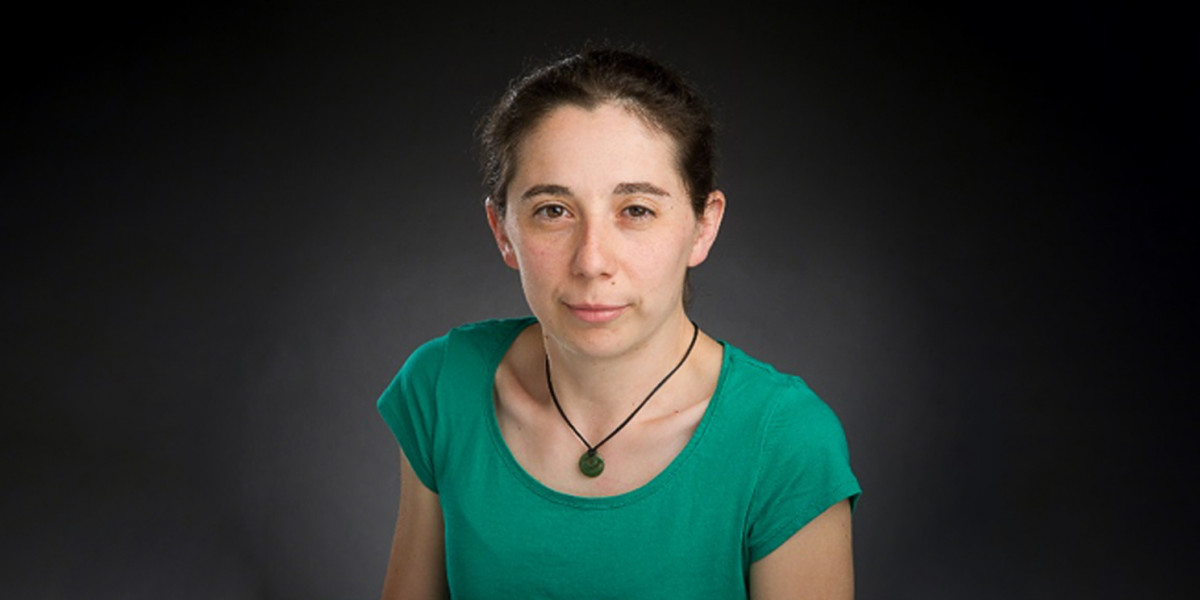Prostate cancer accounts for 27% of all cancers in men. The poor survival rate of men with advanced prostate cancer (cancer that has spread to other parts of the body) highlight the need for more effective treatments.
Catherine Drummond’s current research is funded by the Cancer Society and looks at putting the brakes on cancer by finding ways to stop a molecule called Δ133p53β.
She has a long history with the Cancer Society. She first received funding for her PhD research at the Auckland Cancer Society Cancer Research Centre where she was working with Professor Bruce Baguley and Dr Graeme Finlay as part of their cancer drug discovery research.
Catherine was researching in the US when she got the opportunity to join Otago University in 2018 and she’s delighted to be back home.
“The p53 molecule is an important tumour suppressor. If you think of the cells in your body being like a car and needing both brakes and an accelerator to function – cells have tumour suppressors that are the brakes, and oncogenes that are the accelerators. If you cut yourself your cells know they need to divide to heal the wound and tumour suppressors, like p53, make sure that the cell division doesn’t get out of control.”
“P53 are the brakes in the cell that stop growth, and a lot of cancers lose p53.”
But it gets more complicated, as the shorter Δ133p53β versions of p53 seem to promote growth. There is a whole team looking at Δ133p53β behaviour led by Professor Antony Braithwaite and Dr Tania Slatter. Their research looks at how ∆133p53b promotes cancer. They have found that prostate cancer tumours with higher levels of Δ133p53β had reduced levels of progression-free survival from prostate cancer.
With a background in finding new drugs and enabled by the Cancer Society research grant, Catherine is answering the question “How do we find targeted therapies for this molecule.” There is very little known about it.
“We need to learn what switches this molecule on and off so we can find drugs that switch it off.”
Since 2018 Catherine has been developing a screen which shows whether ∆133p53β is active. The molecules will fluoresce (change colour) when they are active. It can be used to show how certain chemical compounds may affect the molecule and will help test a number of different compounds at a time to see whether they can be used to inactivate ∆133p53β.
“The funding we got from the Cancer Society was to get the screen up and running – next step will be to try all the chemical compounds out to see which ones might inhibit the activity of Δ133p53β. Ultimately this research could lead to the first known Δ133p53β inhibitors and provide the basis for treatment of prostate cancer patients.”
“I really appreciate the support I’ve received from the Cancer Society. Your support is where my career started and it’s great to have the chance to return home to New Zealand with this project.”

